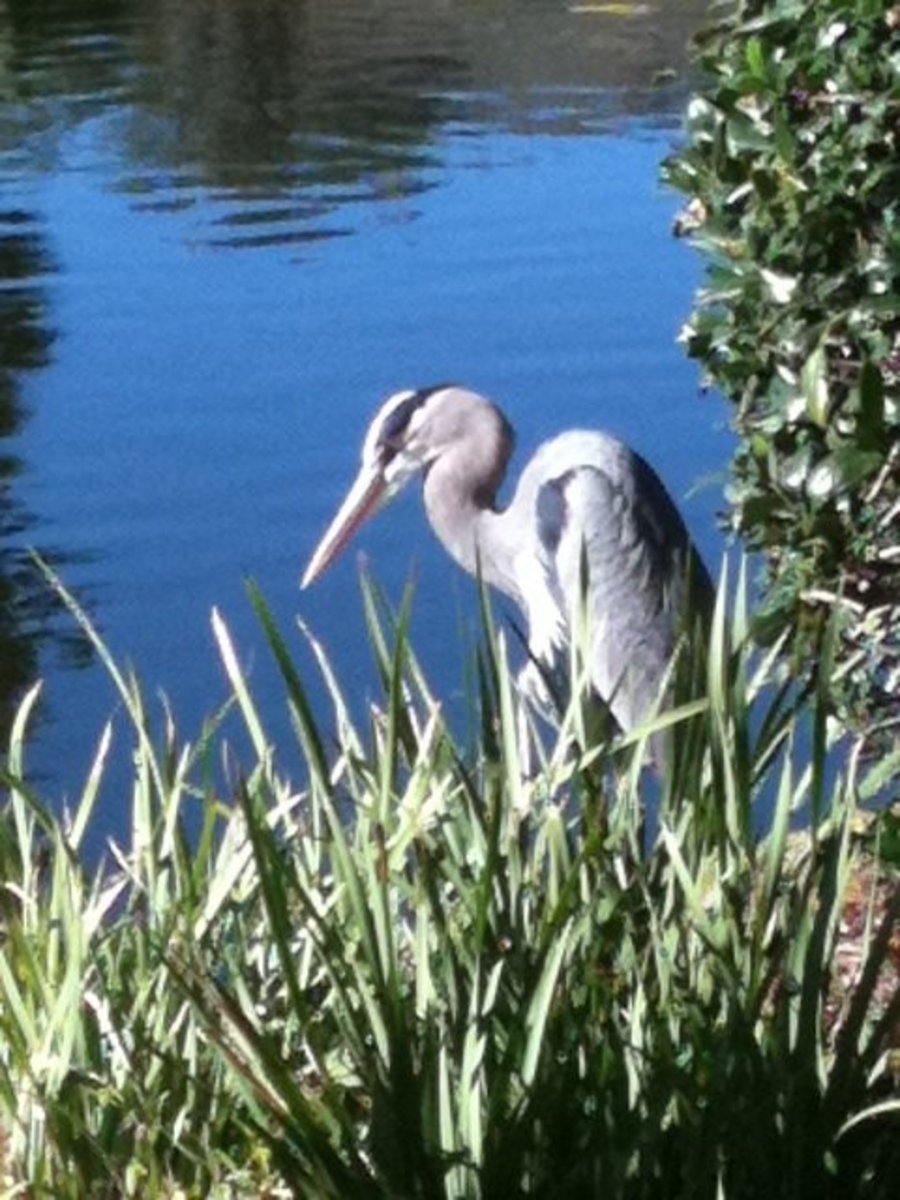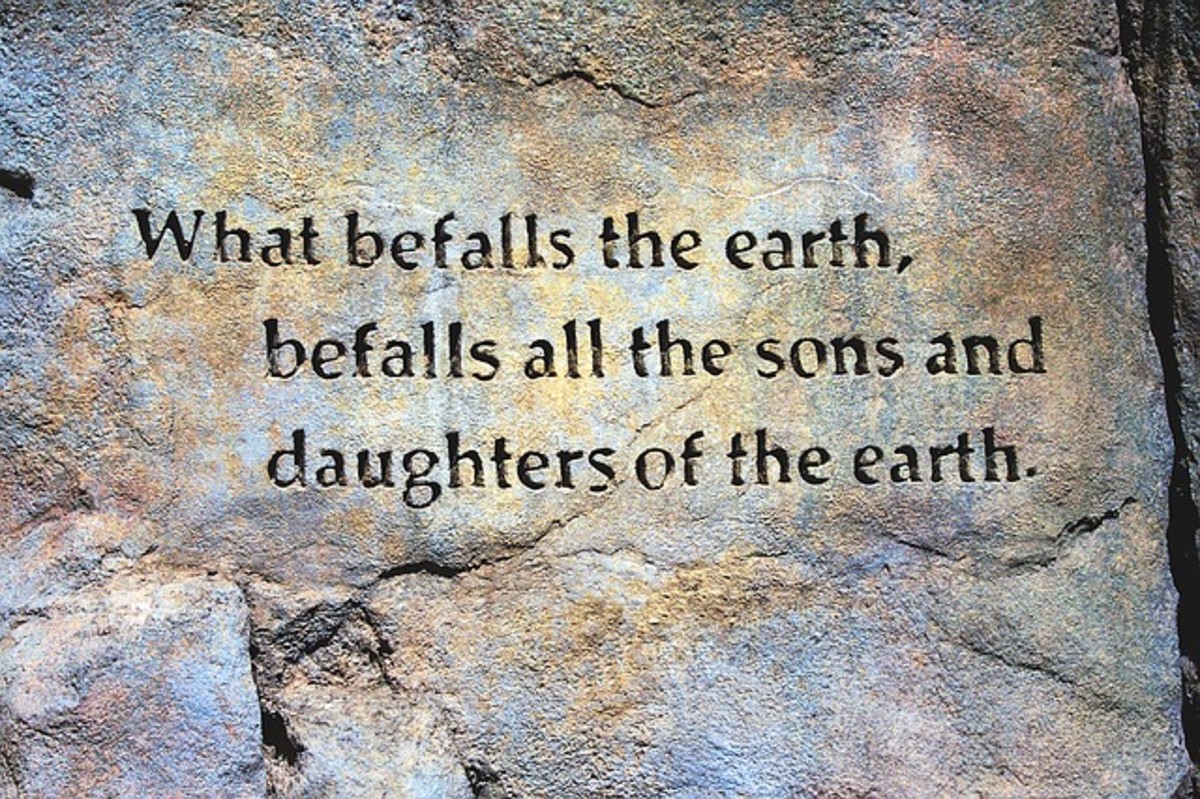How to Haiku with the Best of Them
What is a Haiku?
Haiku is a form of poetry originating in Japan. Hundreds of years ago, the haiku was the opening stanza of a much longer poem known as a renga, but over time it became acceptable to write haiku independently. Haiku is both the singular and plural form of the word, and these days they’re generally referred to as simply “ku.”

Parts of a Haiku
Haiku as they are known today usually contain three distinct elements. First, they’re normally written in just seventeen syllables over three lines, distributed as five, seven and five syllables per line. Second, haiku usually represent the juxtaposition of two images or ideas, comparing them in much the same way as a metaphor. And third, there is often a reference to a particular season, although this practice is not essential to call your poem a haiku.
Haiku embodies the essence of the well-worn phrase that writers encounter frequently: show, don’t tell. And with only seventeen syllables to play with, it becomes even more important to be succinct and pack your words with as much punch as possible.
Here’s an example of a typical haiku:
A lone dove singing;
Less a warbling serenade,
More of a high coo.
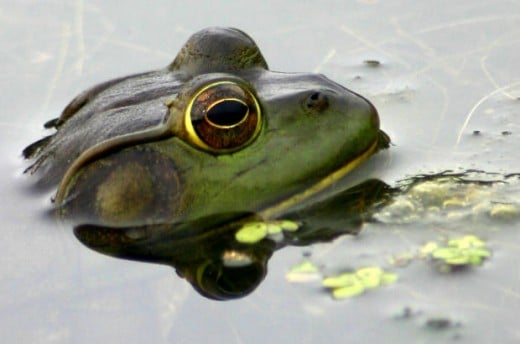
Making Contrasts in a Haiku
In most haiku the two contrasted images or themes are separated by the use of punctuation. Sometimes this separation comes early in the poem, as in the example above, and sometimes it comes at the end of the second line, giving the final phrase more impact and/or intrigue:
Woodpeckers drumming
Semiquaver messages;
The rhythm of spring.
One of the earliest and most well-known writers of haiku was Matsuo Basho, a 17th century Japanese poet. He was among the first to create independent haiku and is now recognized as a master of the form. Here’s an example of his work, written in 1686. You’ll have to remember that this haiku has been translated from Japanese, and so the number of syllables per line won’t be the same in English.
An ancient pond
A frog jumps in
The splash of water
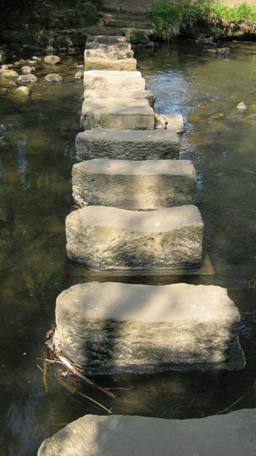
Haiku Moments in Time
Haiku are no longer restricted by subject matter. Part of the beauty of the thing is in its ability to capture a moment in time, regardless of theme. Haiku work admirably well for love poems, too, as in the following example:
Snowflakes melt on tongues
Stuck out to meet their descent –
I’m falling for you.
It’s even possible to write a haiku about writing a haiku, as in the verse below:
What is a haiku?
Seventeen syllables long;
Thoughts in written form.
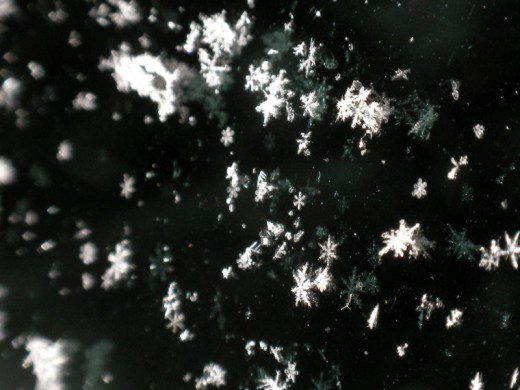
Haiku Short and Sweet
As you can see, haiku are extreme examples of the concept of brevity. They’re the poetic equivalent to flash fiction in a way, the most condensed versions of a problem-solution equation in written form. They can be used as vehicles for humor, for wordplay, for presenting a paradox, or as the basis for a riddle or enigma:
Five, seven and five
feet I have but cannot walk;
write and set me free.
One of the haiku’s greatest attributes is that anybody can write one. It makes a change from churning out sales copy, or slaving over a batch of articles, or even when you’re halfway through a chapter in your latest novel and have temporarily lost your way. It’s common to come across a haiku on someone’s Facebook page, and they’re also about the right length for tweeting, if you fancy it.
Haiku Enhances Creativity
Haiku are fun to write, don’t take very long, allow you to be as creative as you like, and are incredibly expressive considering their diminutive size. Try it yourself whenever you’ve got a bit of spare time on your hands.
Let’s finish off with one more example from master Basho:
In the twilight rain
These brilliant-hued hibiscus;
A lovely sunset.



